
Bringing a fur companion inside your home is a happy occasion to celebrate, and yet the training smells perplexing. As a veterinarian, I have observed countless new owners learning their craft with training because of that little error. Training is not just teaching tricks; it must build an emotional bond and maximize the feeling of safety within the pet. In this article,we will discuss the most common mistakes new pet owners make when training their pets, and suggest simple solutions they can put into action right away. I intend to empower new pet owners so that they can courageously embark upon training, using simple language that anyone, even a child, can understand.

Table of Contents
The Foundational Principles of Training: The Three Ps
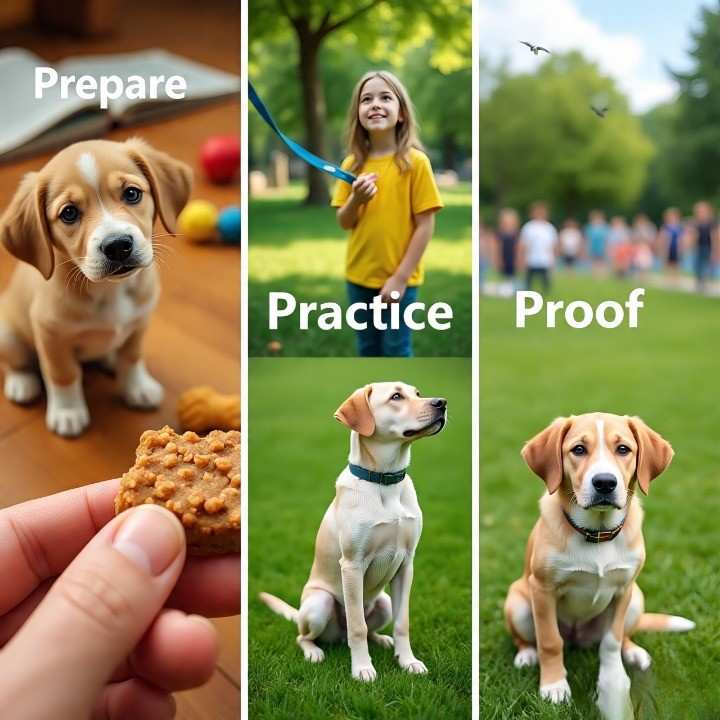
Effective puppy training is not only expecting instant results but about consistent, proactive effort. The “three Ps” — Prepare, Practice, and Proof — form the backbone of successful training.
- Prepare: This means your puppy should be taught the right method right from the start. For example, when you are teaching your puppy to respond to their name, being prepared means you should be ready to help them succeed every time. To begin with, always give them a treat or reward after their name. This makes their name special and they learn to pay attention immediately when they hear their name.
- Practice: “Perfection comes from perfect practice.” Dogs learn by doing things over and over again, so it’s important that every practice is done properly.
Proof: Once a puppy has a good understanding of a skill, the “proofing phase” introduces distractions. This is where you ensure your puppy responds “even around distractions without having that food or treat on their nose.” This requires “hundreds of repetitions of doing it right before we start to make it harder.”
Why Training Is So Important
Training is a great thing for a new pet owner because it teaches the pet how to behave in their new home. It keeps them safe, like learning not to run away on the road. It also makes life easier for new pet owners, now there will be no need to move furniture and no dirt on the carpet! But some small mistakes can slow down this process. Let’s see the most common mistakes of new pet owners and how to avoid them.
10 Training Mistakes and How to Avoid Them
1. Starting Training Too Late

The Problem with Waiting
Many new pet owners think that puppies or kittens need time to “settle in” before starting training. This is a big mistake! Pets start learning as soon as they come to your home. Waiting too long can lead to bad habits, such as licking shoes or clothes or kicking at guests, which can be a hassle for new pet owners.
- Why is that a problem: Small pets are like sponges—they pick up habits quickly. If new pet owners delay, pets may learn the wrong things early, like scratching or chewing in the wrong place.
- How to Fix It: Start teaching simple commands like “sit” or “come” from day one. Keep sessions short, about 5 minutes, and use treats so it’s fun for new pet owners and their pets.
- Example: Bella, a 4-month-old puppy, was not trained because her new pet owners thought she was too young. She started barking at people. We started short “sit” sessions, and within a week she became much calmer.
2. Being Inconsistent with Commands
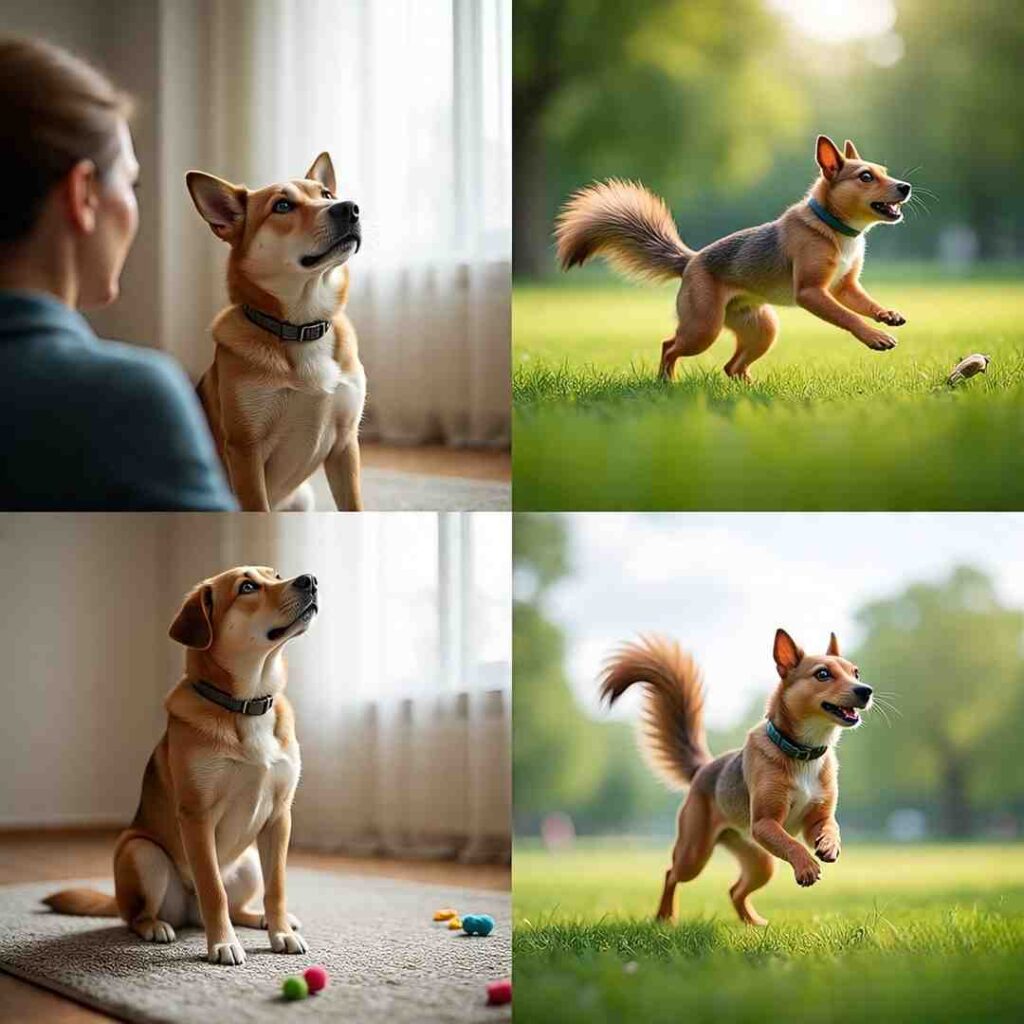
Why Consistency Is Important
Pets love routines, but new pet owners sometimes confuse them by using different words, such as saying “sit” one day and “down” the next day. Inconsistency also occurs when family members follow different rules, which can make new pet owners anxious when their pet doesn’t listen.
- Why is this a problem: Mixed signals confuse pets, which can make it difficult for new pet owners to see progress.
- How to Fix It: Agree to a single word for each command, such as “off” for jumping. Tell all the family members to follow the same rules so that the new pet owners can be successful.
- Tip: Write down commands and share them with family to stay consistent.
3. Relying on Punishment Instead of Rewards
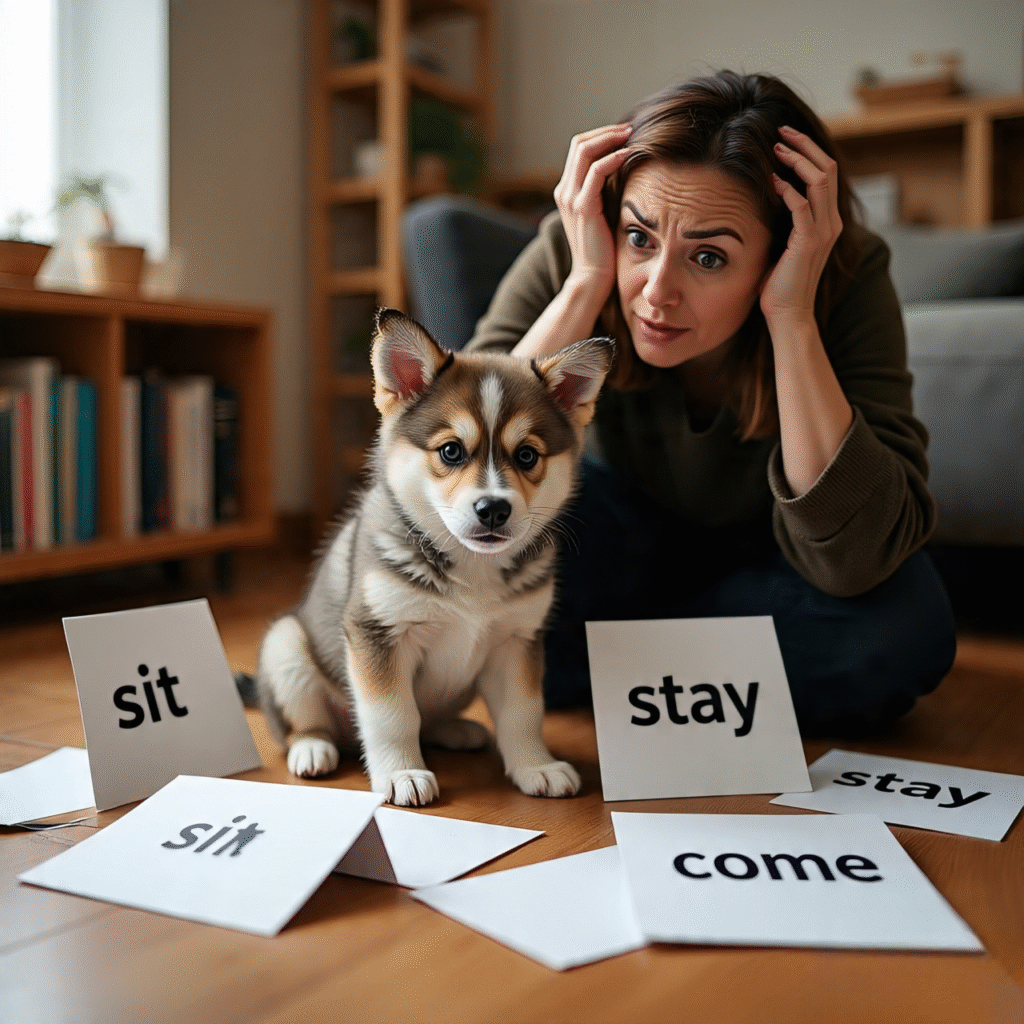
The Power of Positive Reinforcement
It may seem easy for new pet owners to bite or scream when their pet misbehaves, but it can backfire. Pets learn better when we reward good behavior, rather than punish mistakes.
- Why It’s a Problem: Punishment can scare pets, which makes training more difficult. A 2017 study (Applied Animal Behavior Science) found that rewards help to train them faster and keep pets happier.
- How to Fix It: Use treats or praise for good actions. If your dog sits on the “sit” command, give a treat immediately. Ignore or redirect bad behavior so that trust is built between new pet owners and pets
- Example: Max, a 2-year-old cat, scratched the furniture. His new pet owners yelled, but he started hiding. We started praising him for using the scratching post, and the couch was saved. Tip: Give a treat or praise immediately after each good behavior, and calmly redirect mistakes so that the training is easier and effective.
4. Expecting Too Much Too Soon

Setting Realistic Goals
New pet owners often want their pets to learn all the commands—sit, stay, come—at once. But pets need time to master one skill first, then move on to another, and rushing can overwhelm both new pet owners and their pets.
- Why It’s a Problem: Teaching too many commands at once frustrates pets, which can also frustrate new pet owners.
- How to Fix It: Focus on one command, such as “sit,” for a week, then add “stay.” Keep the sessions short and fun so that both new pet owners and their pets can enjoy it.
- Tip: Puppies and kittens have a short attention span, around 5-10 minutes, so it is necessary to keep the training schedules short.
5. Skipping Socialization

Why Socialization Is Important
Socialization means introducing your pet to new people, places, and animals in a safe way. Many of us skip this, thinking that it is not part of training. But it is one of the most important steps for new pet owners.
- Why It’s a Problem: Without socialization, pets can become fearful or aggressive. According to a 2020 study (Veterinary Medicine and Science), less socialization leads to behavior issues, which can be a cause of stress for new pet owners.
- How to Fix It: Take your pet to a safe place, like a park. Gradually introduce them to friendly people and pets so that the new pet owners and pets gain confidence.
- Case Study: Luna’s Fearful Barks Luna, a 1-year-old dog, barked at strangers because her new pet owners had not socialized her at puppy age. We started with quiet walks and rewarded her for staying quiet. Soon, Luna became more friendly and her new pet owners found relief.
6. Using the Wrong Rewards
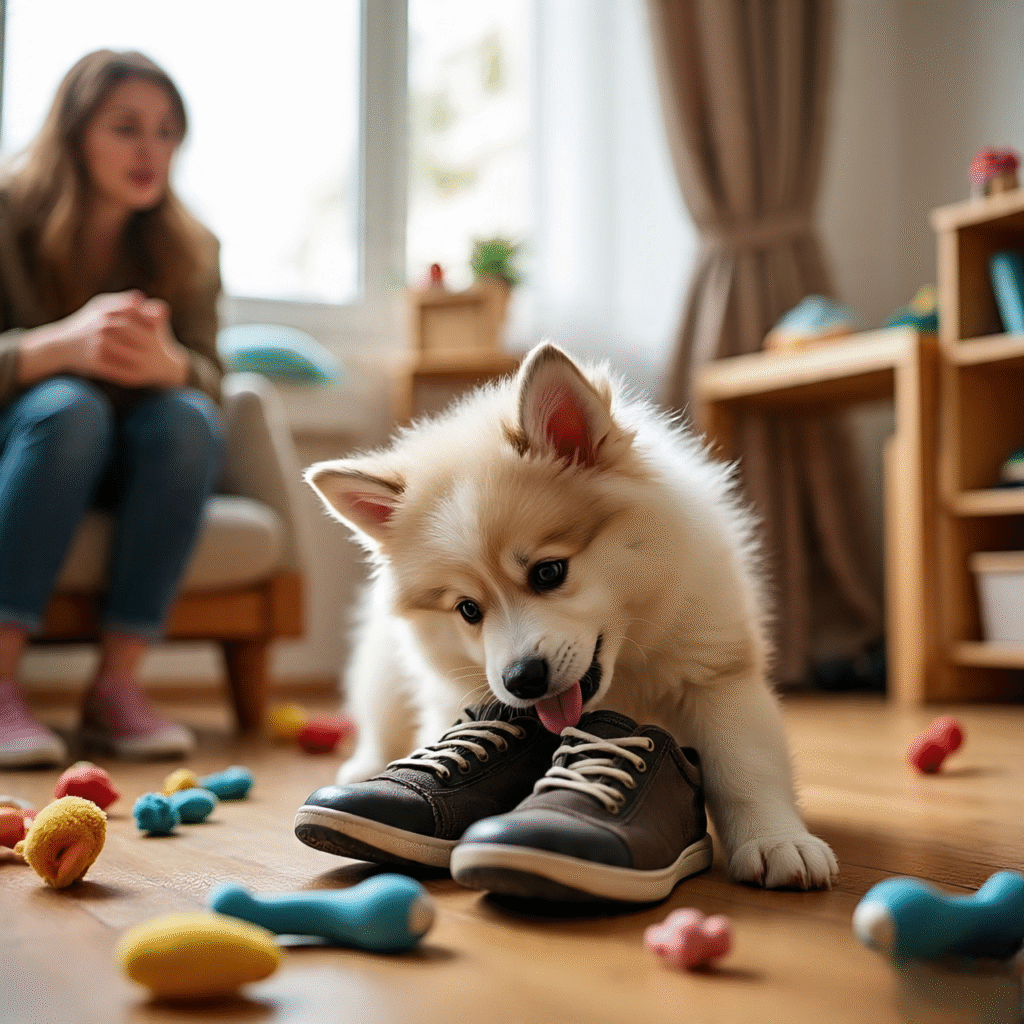
Finding What Motivates Your Pet
Not every pet likes the same reward. Some dogs go crazy for treats, while others prefer toys or belly rubs. New pet owners may use the wrong reward, which makes training less effective.
- Why It’s a Problem: f the reward doesn’t excite the pet, new pet owners will see less effort from their pet
- How to Fix It: Test out different rewards like chicken pieces, a toy, or a compliment to see what your pet likes best. This will keep new pet owners motivated, too.
- Tip: Use small treats to prevent overfeeding. A small piece like a pea seed does the trick!
7. Training for Too Long
Keeping Sessions Short and Sweet
Long training sessions seem like a good idea to new pet owners, but they can tire out pets. Bored or exhausted pets stop listening, frustrating new pet owners.
- Why It’s a Problem: Pets, especially small ones, lose focus after 10-15 minutes. For new pet owners, short sessions work better than long sessions..
- How to Fix It: Train for 5-10 minutes, 2-3 times a day. End the session with a success, like a good “sit,” so both new pet owners and pets are happy.
- Example: Rusty, a 6-month-old puppy, was irritable during 30-minute sessions. His new pet owners started 5-minute sessions, and he learned to “stay” in just a few days.
8. Ignoring Your Pet’s Personality
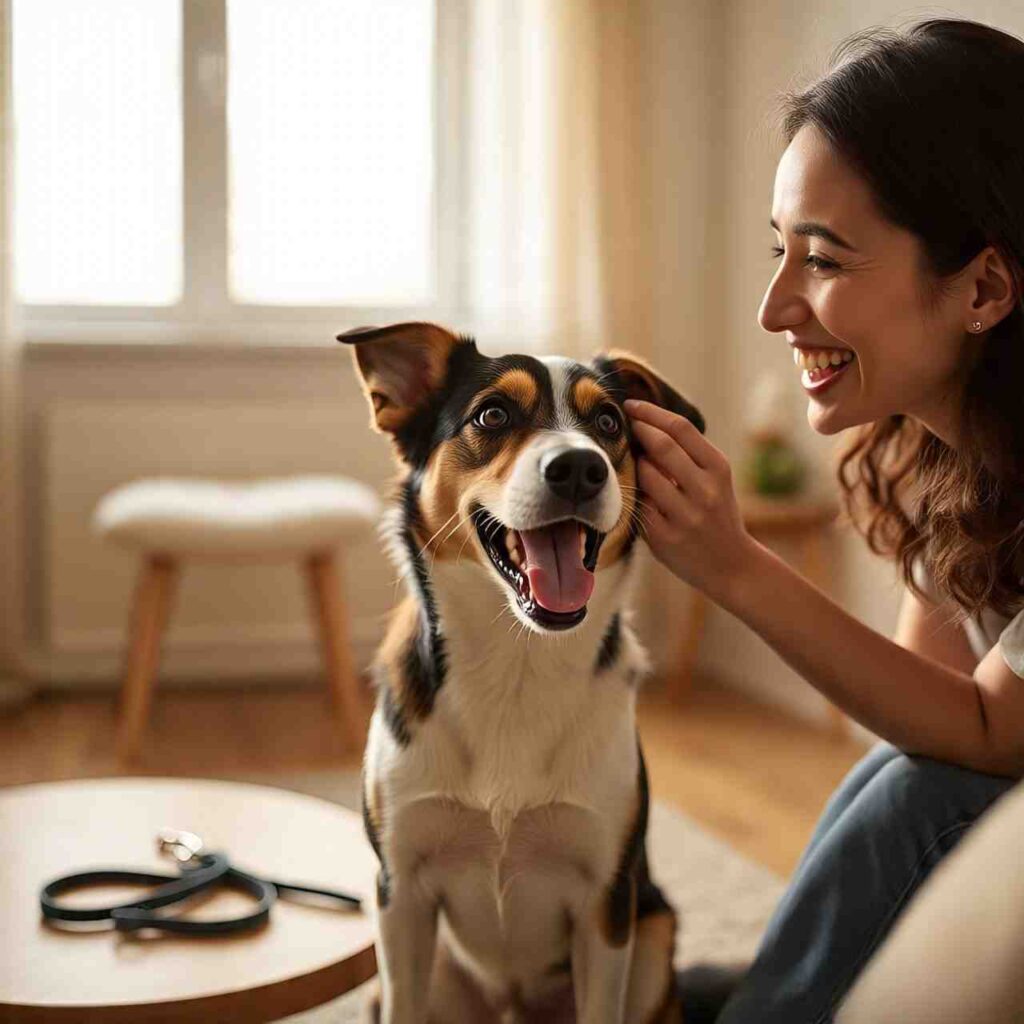
Tailoring Training to Your Pet
Every pet is unique. A high-energy dog needs active training, while a shy cat prefers calm sessions. New pet owners who ignore these differences can struggle.
- Why It’s a Problem: Forcing a shy pet to train in a busy place sets new pet owners up for failure.
- How to Fix It: Watch your pet’s behavior. Train shy pets in quiet spaces and energetic ones with play. This helps new pet owners connect better.
- Tip: Breeds like Labradors love food, while independent breeds like Shiba Inus need extra patience from new pet owners.
9. Forgetting to Practice in Real Life
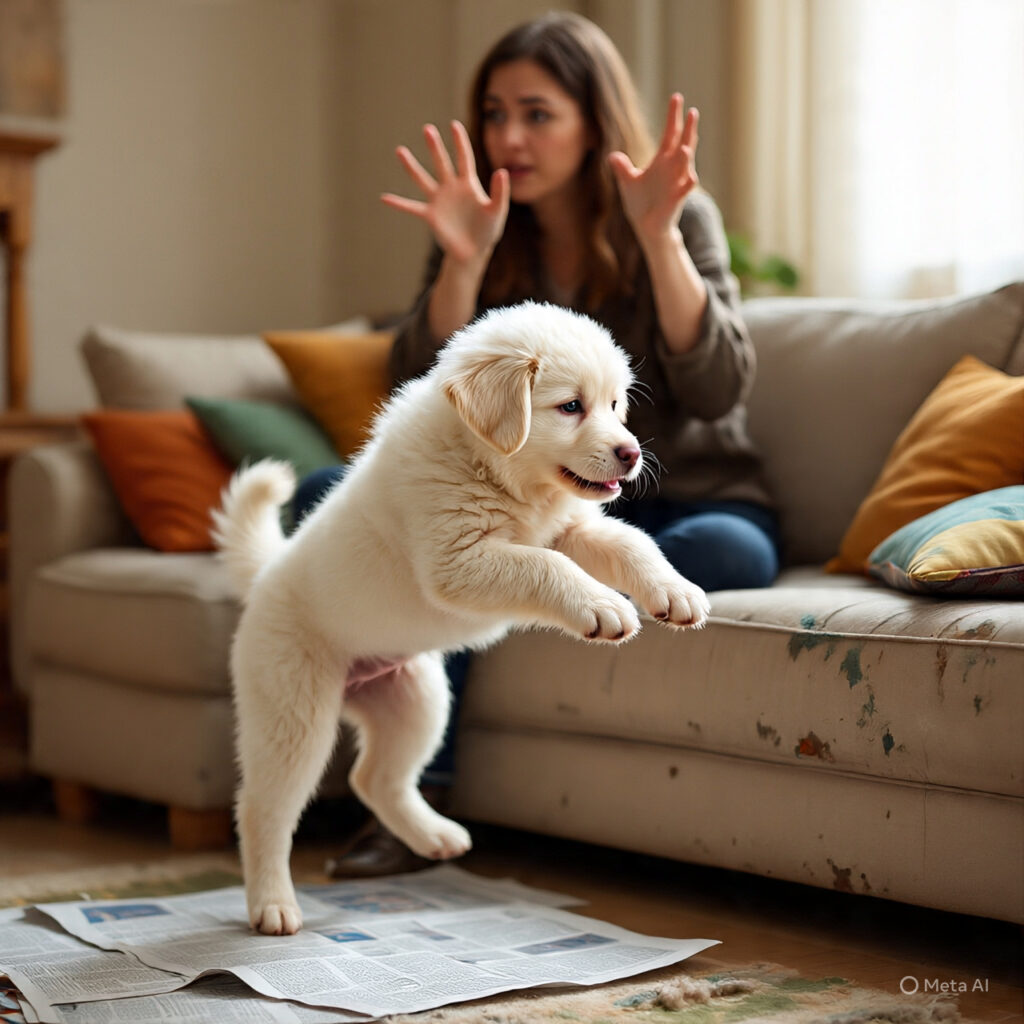
Taking Training Beyond the Home
New pet owners most of time practice commands at home, but pets need to learn in real-world settings too. If training only happens indoors, pets might not listen outside, confusing new pet owners.
- Why It’s a Problem: Pets don’t know that “sit” at home means “sit” at the park. New pet owners need to practice in different places.
- How to Fix It: Practice commands outside, at a friend’s house, or on walks. Start in quiet areas to help new pet owners succeed.
- Example: Coco, a 3-year-old dog, was great at “come” at home but ignored it at the park. Her new pet owners practiced in the backyard, then a street, and finally the park. Coco got it!
10. Giving Up Too Soon

The Importance of Persistence
Training takes time, and new pet owners often give up too quickly when they don’t see immediate results. This is especially true for difficult behaviors like house training or stopping barking.
- Why It’s a Problem: Accepting defeat leads to bad habits that make life even more difficult for new pet owners.
- How to Fix It: Set small goals and celebrate every progress. If house training is getting delayed, reward your pet for going outside once in a while. Keep it up, new pet owners!
- Case Study: Teddy’s Potty Struggles Teddy, a 5-month-old puppy, used to have accidents at home repeatedly. His new pet owners were ready to give up. We made a schedule for taking Teddy out every 2 hours and rewarding him for success. In a month, Teddy became house-trained.
Summary Of Basic Mistakes Made By Pet Parents
| Mistake | Why It’s a Problem | How to Fix It |
|---|---|---|
| Starting Too Late | Bad habits form early | Start simple commands on day one |
| Being Inconsistent | Confuses pets | Use same commands and rules |
| Using Punishment | Causes fear | Reward good behavior instead |
| Expecting Too Much | Frustrates pets | Focus on one skill at a time |
| Skipping Socialization | Leads to fear or aggression | Expose pet to new people and places |
| Using Wrong Rewards | Lowers motivation | Find what your pet loves |
| Training Too Long | Pets lose focus | Keep sessions short, 5-10 minutes |
| Ignoring Personality | Sets pet up to fail | Tailor training to their traits |
| Not Practicing in Real Life | Commands don’t work outside | Practice in different settings |
| Giving Up Too Soon | Bad habits stay | Set small goals and keep going |
Understanding Why These Mistakes Happen
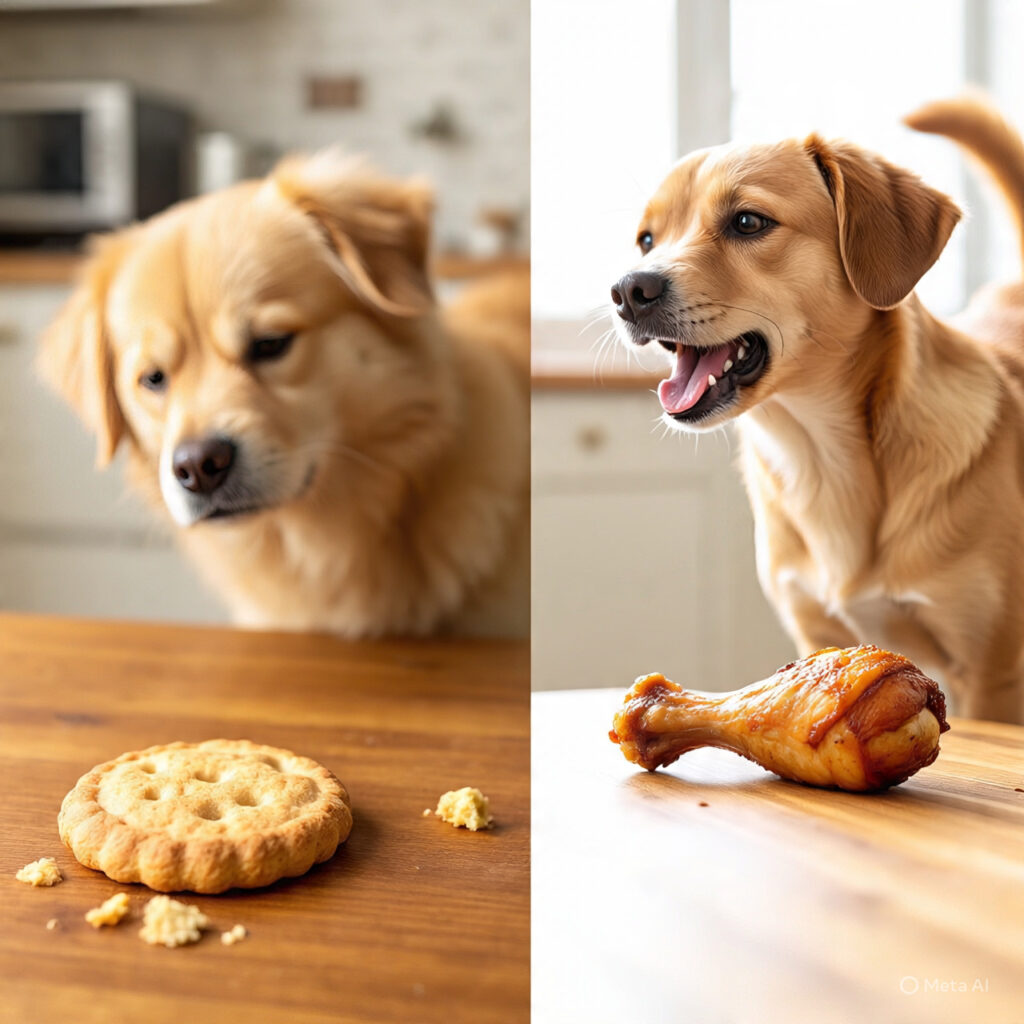
New pet owners aren’t trying to mess up—they’re just learning! Many mistakes come from not knowing how pets think. Pets learn through repetition and rewards, not human logic. New pet owners might also expect pets to act like people, which leads to frustration. Understanding that your pet learns differently helps new pet owners avoid these pitfalls.
| Training Method | How to Do It | Why It Works | Best For |
|---|---|---|---|
| Treat Lure for “Sit” | Hold a treat above your pet’s nose, move it back so their bottom touches the ground, say “sit,” and reward. | Uses food motivation to teach a basic command. | Dogs and cats, all ages. |
| Name Recognition | Say your pet’s name in a happy tone, reward with a treat when they look at you. | Builds attention and strengthens bond. | Puppies and kittens. |
| “Leave It” Game | Place a treat on the floor, cover it with your hand, say “leave it,” and reward when your pet backs off. | Teaches impulse control, preventing grabbing unsafe items. | Dogs, especially curious breeds. |
| Target Training | Hold a stick or finger, reward your pet for touching it with their nose. | Encourages focus and can redirect unwanted behavior. | Cats and dogs, all energy levels. |
| Crate Training | Place treats in a crate, let your pet explore, and reward for staying inside calmly. | Creates a safe space and aids house training. | Puppies and anxious dogs. |
Breed-Specific Training Tips for New Pet Owners
| Breed | Personality Traits | Training Tips for New Pet Owners | Best Commands to Start With |
|---|---|---|---|
| Labrador Retriever | Friendly, food-motivated, energetic | Use treats and short play sessions to keep them engaged. New pet owners should train after exercise to reduce energy. | Sit, Stay, Come |
| Border Collie | Intelligent, high-energy, work-driven | Incorporate tasks like fetching or puzzles. New pet owners should use mental games to prevent boredom. | Fetch, Down, Wait |
| Siamese Cat | Vocal, social, independent | Use quiet settings and high-value treats like tuna. New pet owners should be patient with their stubborn streak. | Target, Come, Sit |
| Shiba Inu | Independent, agile, alert | Offer high-value rewards and keep sessions short. New pet owners should build trust first. | Name Recognition, Leave It |
| Bulldog | Calm, stubborn, food-motivated | Use gentle encouragement and avoid forcing commands. New pet owners should keep training relaxed. | Sit, Stay, Leave It |
Conclusion: Your Path to Training Success
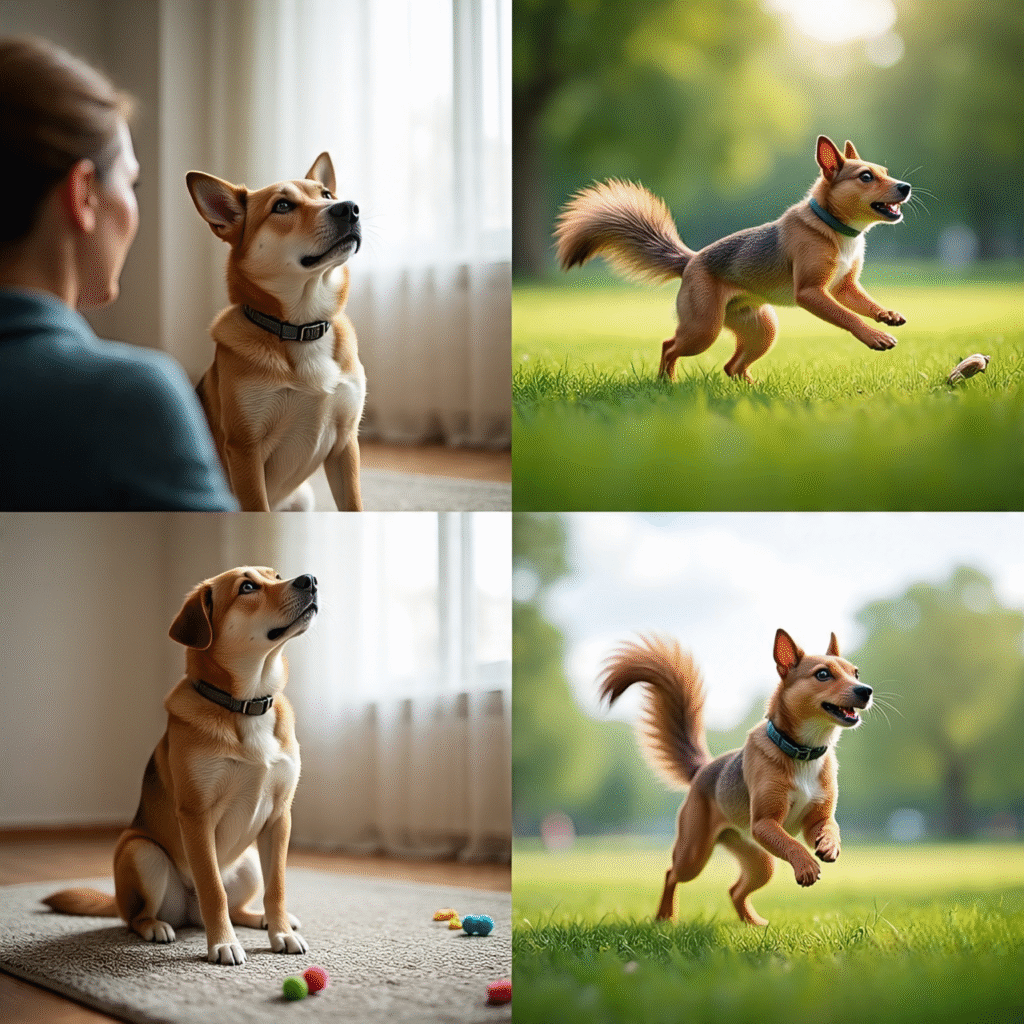
Training a pet is a journey, and new pet owners can make it easier by avoiding these 10 common mistakes. Starting training early, staying consistent, and using rewards, each step helps us to raise a happy, well-behaved pet. Stories like Luna, Teddy, and Coco show that with patience, new pet owners can succeed. Use scientifically backed methods like positive reinforcement and clicker training, try simple techniques at home, and tailor training to your pet’s breed and personality. You will not only teach commands, but also form a lifelong bond with your furry friend. So take small treats, start small, and enjoy this adventure, new pet owners!
FAQs
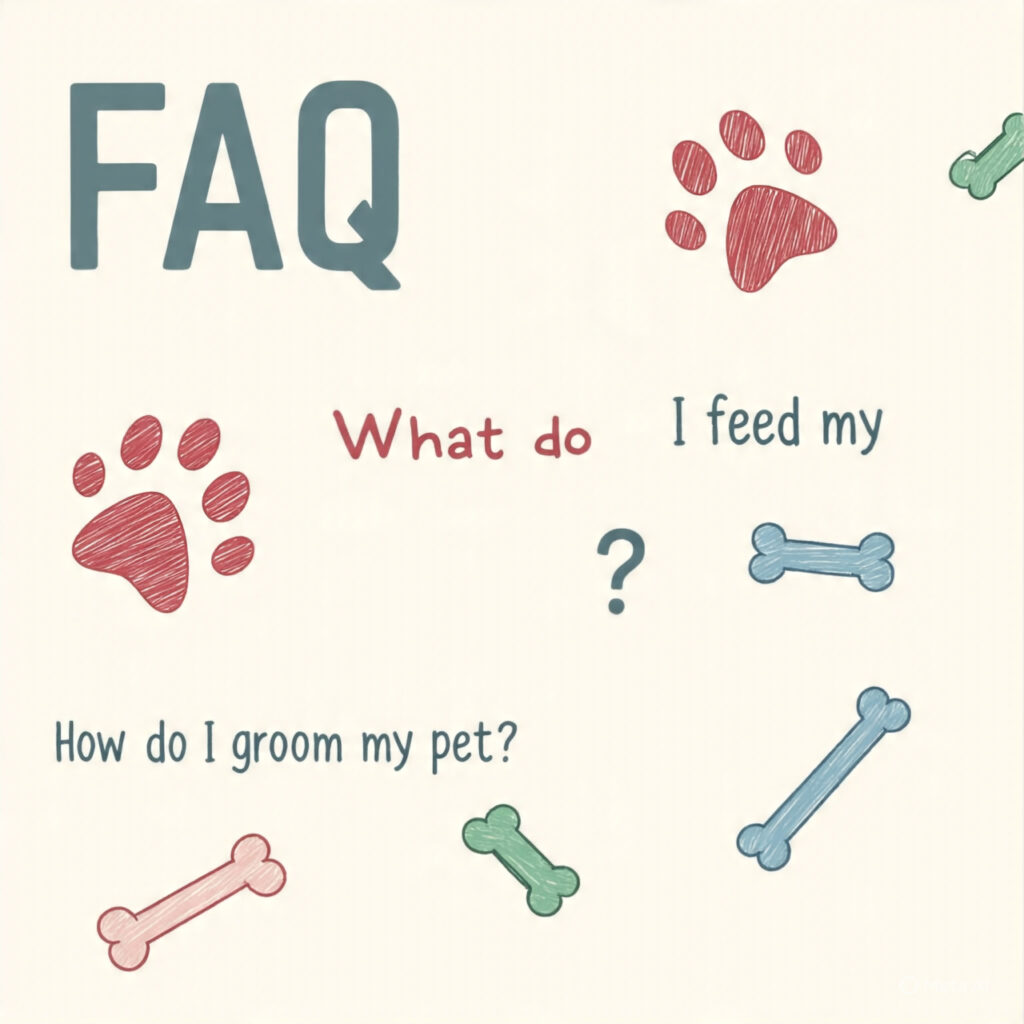
1. Why shouldn’t new pet owners delay starting training?
Pets start learning as soon as they come home. Bad habits like chewing or chewing gum may develop late. Start with a simple command like “sit” from the very first day.
2. Why is consistency important in pet training?
Using different words or rules confuses pets. Stick to one command, like “off,” and ensure everyone follows the same rules for faster learning.
3. What is positive reinforcement, and how should it be used?
Positive reinforcement means rewarding good behavior with treats or praise. For example, give a treat immediately when your pet sits. Ignore or redirect mistakes.
4. How long should pet training sessions be?
Keep sessions short, 5-10 minutes, 2-3 times a day. Long sessions bore or tire pets, especially puppies and kittens.
5.Why is socialization important, and how do you start?
Socialization introduces pets to new people, places, and animals, preventing fear or aggression. Start slowly in safe places like a park and reward positive interactions.
6. Why is punishing a pet during training a bad idea?
Punishment can scare pets, making training harder. Instead, reward good behavior and calmly redirect mistakes to build trust.
7. How do you find out what rewards your pet likes?
Test different rewards like treats, toys, or praise to see what excites your pet most. This keeps training effective and motivating for both pet and owner.
8. What happens if new pet owners try to teach too many commands at once?
Too many commands overwhelm pets, slowing progress. Focus on one command, like “sit,” for a week before adding another, keeping sessions fun and short.
9. Why do new pet owners need to be persistent with training?
Training takes time, and quitting early lets bad habits stick. Set small goals, like one successful potty trip outside, and celebrate progress to stay motivated.
10. How can new pet owners make training fun for their pet?
Use short, engaging sessions with rewards your pet loves. End on a positive note, like a successful “sit,” to keep both pet and owner excited about training.

1 thought on “Top 10 Mistakes New Pet Owners Make During Training”